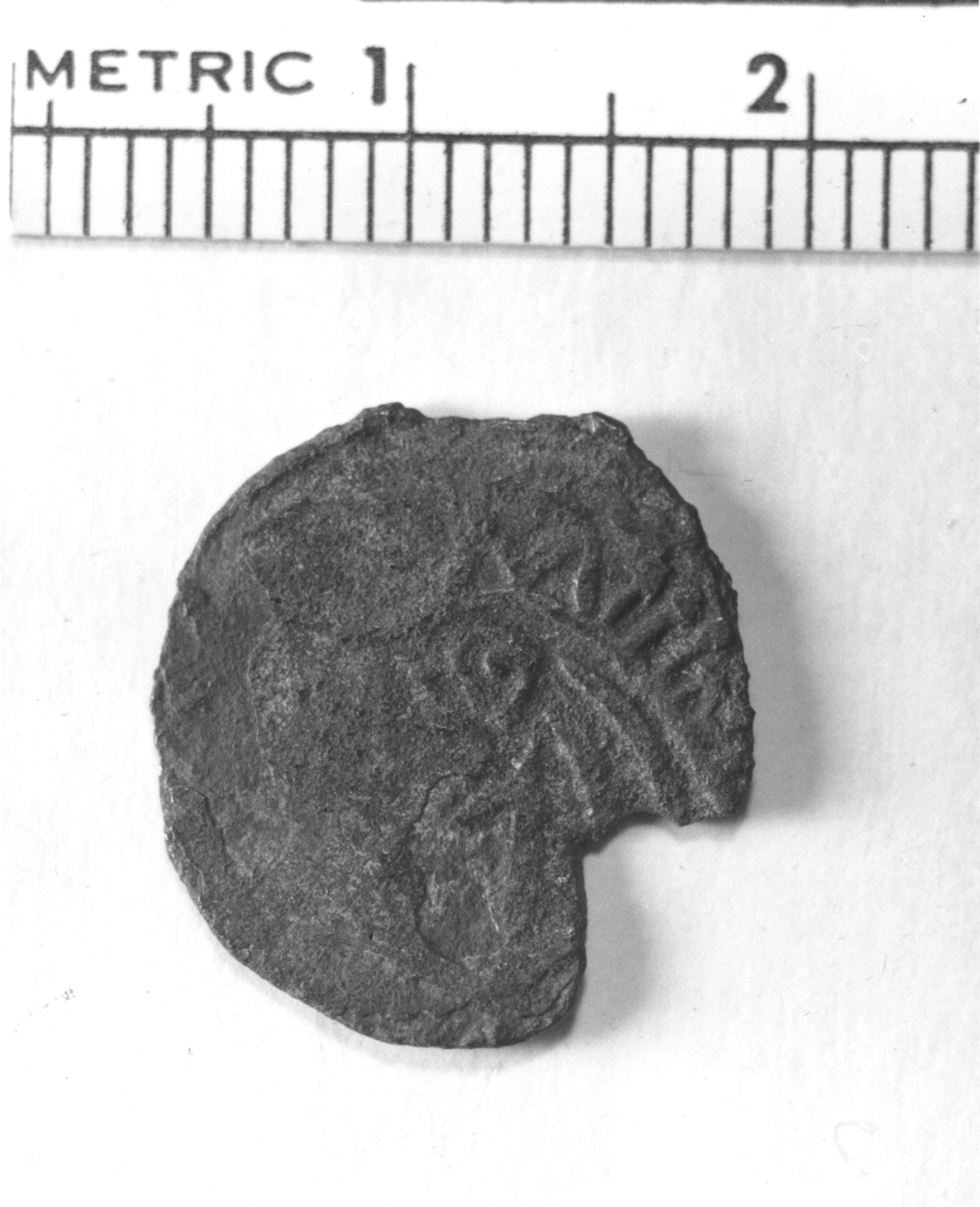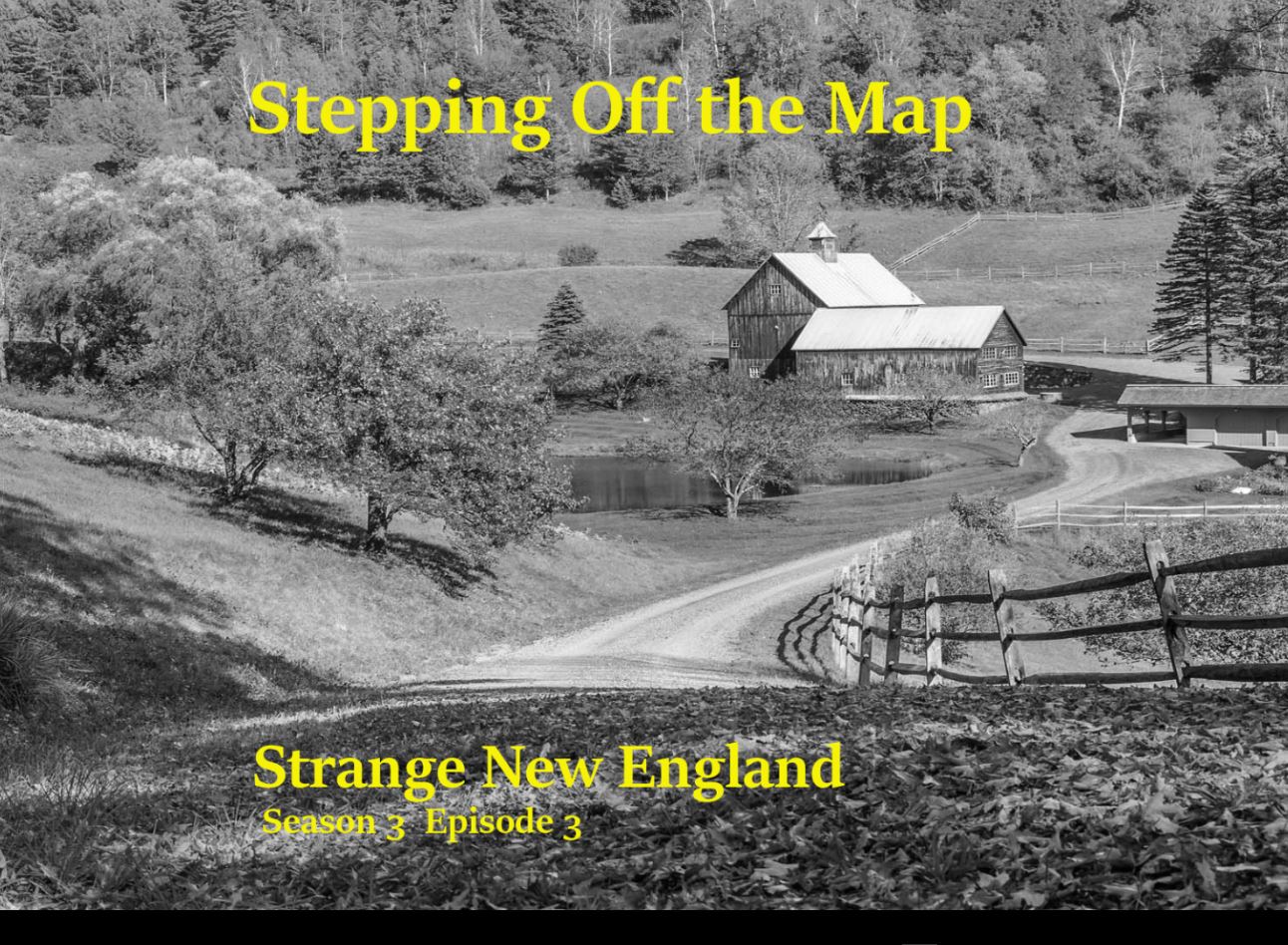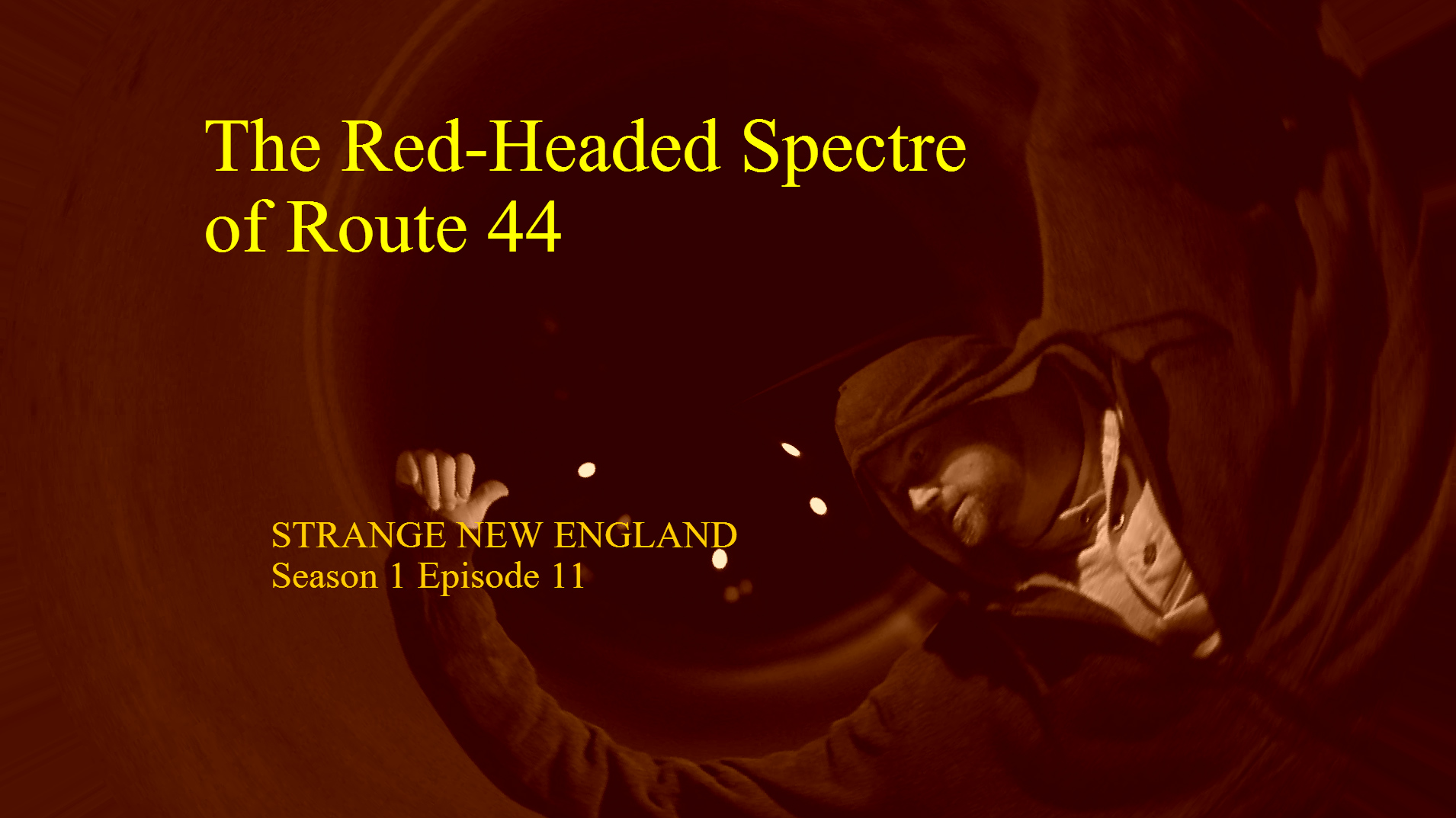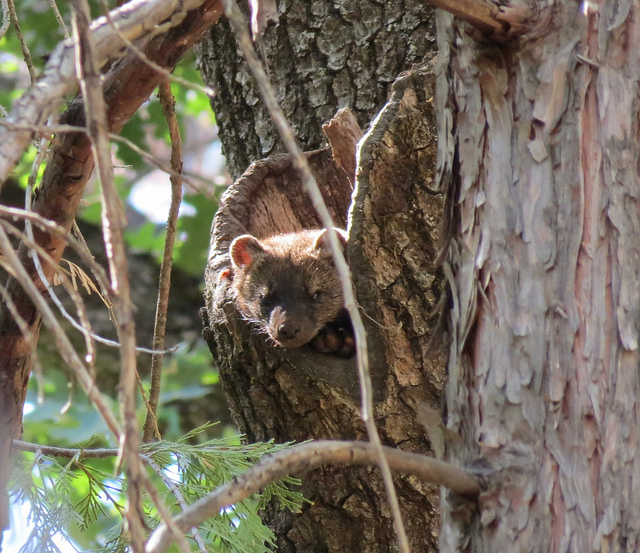In the smallest of things, great stories abide. In 1957 near Blue Hill, Maine, a local man named Guy Mellgren unearthed an artifact that either proves beyond the shadow of a doubt that Vikings reached North America hundreds of years of before other Europeans or that an elaborate hoax was being perpetrated on the archaeologists of the day. What Mellgren found at the dig was a Viking silver penny, referred to as “The Maine Penny” or “The Goddard Penny,” minted between the years 1065 and 1080 AD. How that penny found its way to the trash midden at the Goddard site might shed some light upon the trade routes of the day and provide hard proof that Scandinavian explorers traded with Native Americans before William the Conqueror was defeating Alfred the Great’s Army an ocean away.
There is no doubt that it is an authentic, bona fide penny from the land of the Vikings. It is a tiny thing, not even complete as time has eaten away at its edge with its incessant bite. When it was found, it had a perforation made on it for use as a pendant that has since corroded away. The Maine State Museum in Augusta, as well as the Smithsonian Institution in Washington, D.C., both list this viking coin as the ‘only pre-Columbian Norse artifact ever discovered in the United States.’ Made of silver during the time of Olaf Kyrre, King of Norway from 1607 until his passing in 1093, this coin was found a very long way from its place of origin and remains an intriguing clue to the trading routes of the ancient Native American tribes in the tenth and eleventh centuries.
Anything that is pre-Columbian is by definition before Columbus. The Goddard Site in Brooklin, Maine, revealed a collection of nearly 30,000 Native American artifacts and one, singular European artifact, all dating from 1180-1235 AD, which would be well within the circulation life of the penny. At the time in history when this penny would have been placed there, the Norse had already lived in Greenland and could have potentially visited North America. The excavations at the site of L’Anse aux Meadows in Newfoundland, dating to around the year 1000, prove that the Vikings had at least a brief presence in the New World hundreds of years before Columbus and those who came after him. If the Vikings made contact with native peoples, they might have traded the coin, whose decorative value alone might have made it a desirable item, hence its use as a pendant. The coin may have been found on the ground or taken from a slain Viking. However it found its way into the hands of a Native American, it likely kept being exchanged, moving further and further south on its journey. It might have taken one or even two hundred years to make its way to the settlement near Penobscot Bay, where it was either casually discarded or simply lost. The fact that the coin was found at a coastal dig has been part of the controversial theory that the Vikings traveled further south than their Newfoundland settlement, initiating trade with the indigenous peoples of the time. There is no evidence that Vikings ever traveled further south than Newfoundland.
What seems to call the entire theory into question is that the coin was not discovered by a trained archaeologist. It was discovered by a local man, someone with no reputability. George Mellgren has been accused by some as the perpetrator of a major archaeological hoax. Though the penny is regarded as an actual Viking coin, it is possible that Mellgren planted it. Why he would do such a thing is pure speculation. Mellgren was a self-described amateur archeologist and would have known about the provenance of a Viking penny and what it would mean if one was found in Maine. However, the discovery of the first real Viking settlement in North America, at L’Anse aux Meadows in Newfoundland, would not occur for another three years. Mellgren might have known about the idea that the Vikings discovering America by reading the Icelandic Sagas, which describe events that happened in the 10th and 11th centuries, corresponding to the time stamp of the Goddard Dig. There is no solid evidence pointing to a hoax.
The penny was not the only seemingly out-of-place item found at the Goddard Dig. A Dorset Eskimo burin was also discovered among the ancient litter. A burin is a stone tool, from which flakes, called “burin spalls”, are removed in order to create a sharp edge used to carve groove commonly in bone or wood. The burin was also a long way from home but seems to provide evidence that the indigenous people of the Penobscot Bay region traded within a fairly large and wide-ranging trading zone. Though it is unlikely that Viking longships sailed the waters of Penobscot Bay, it remains a possibility that an object as transportable as a coin might have found its way from Norway to Maine, traded from hand to hand, until it was deposited amid the other items left in the dirt. The scientists at the Maine State Museum and the Smithsonian accept it as the only pre-Columbian Norse artifact ever discovered in the United States, and that makes it unique. The penny currently can be seen at the Maine State Library in Augusta near the State House.
Bibliography




